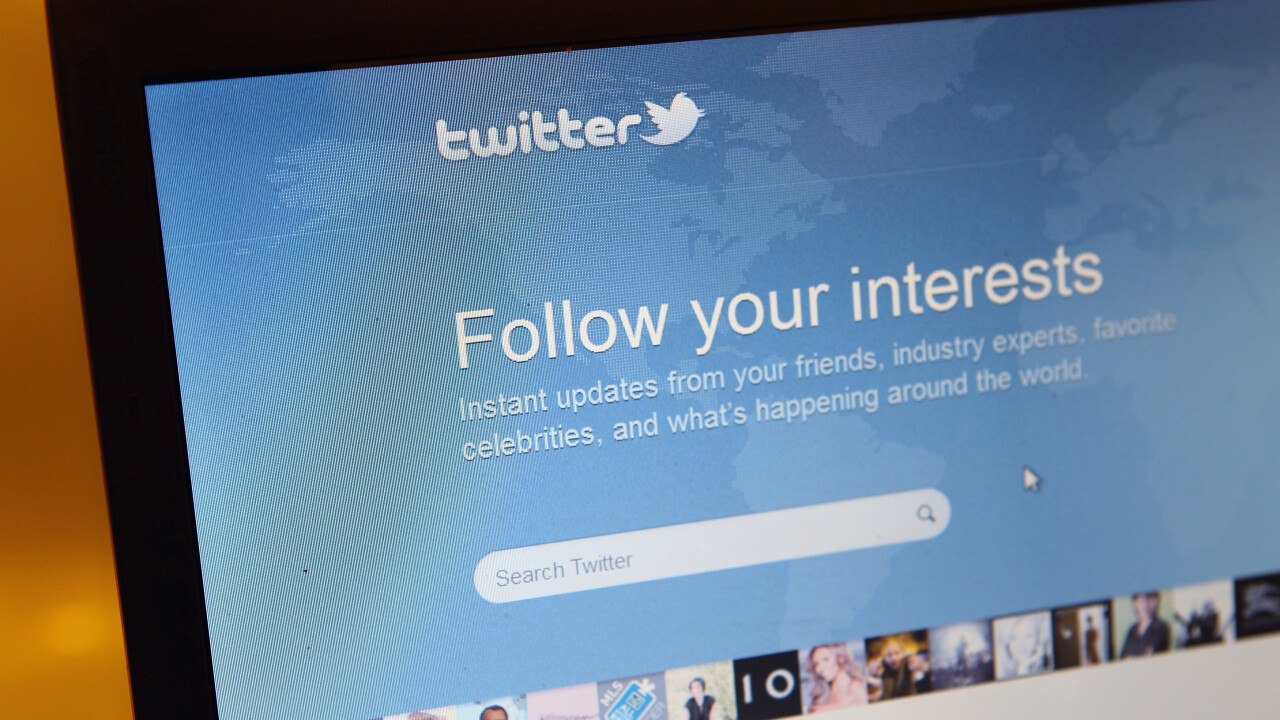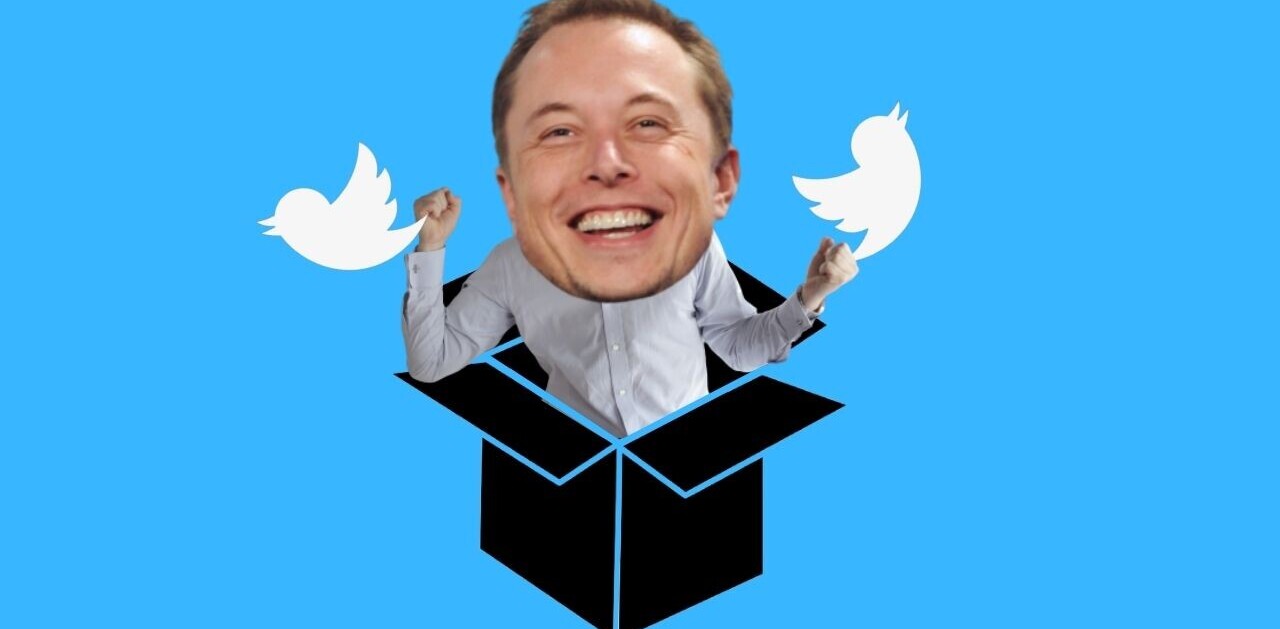
Sitting cross-legged in the leather chair of my home office, it took me fifteen seconds to find someone who was willing to sell me 2,500 “quality Twitter followers” to boost my account — for the low price of about $25 bucks. The followers would arrive in three days and stick around for the whole year, more than doubling my current follower count of around 1250. I felt pretty comfortably smug about myself, especially considering I’d gotten this far by dumbly typing in “How to buy Twitter followers” into my Chrome bar. I leaned in, determined to make the transaction, and tried to convince myself to click the button.
But, perhaps unsurprisingly, I couldn’t bring myself to do it. The taboo of actually buying my own followers, and the risks associated with real fans finding out, gave the experience a sort of grime that deterred me from going through with it.
That doesn’t mean it deters everyone: The practice of buying Twitter followers (or Facebook fans, Instagram followers, etc.) is as old as social media itself, hinged on the archaic notion that quantity trumps all in the social interaction sphere. Some of the most well-known politicians and celebrities in our social strata are accused of puffing up their own numbers with these followers — often assessed as thoughtless and friendless robots keen on spamming Viagra ads — to make themselves seem more influential and dominant on the platform of choice. But, on the other side of the coin, startups and rookie social media experts can just as easily be drawn in by a siren song of this so-called “follower economy,” with its promise of instant credibility and cache in the wider community.
However, for all of the ethical red flags that seem to perk up in the face of buying followers, screaming “scandal!” from just about every corner of the Internet, the follower economy is actually full of a lot of particulars that make the lines somewhat blurry. Throw in more legitimate marketing practices, such as paying for a promoted hashtag or tweet or building a “core retweet” base of friends and family, and lots of gray areas begin to come into view.
Buying followers is morally dubious, possibly dangerous and can tear down even the most trusted social media figures, yet it’s poised to continue to grow in the immediate future. But hey, it can get you friends, right?
Fake Twitter followers: caught red-handed
Turns out, buying followers is probably the worst kept secret in all of social media — and it has a potential for a nasty and public backlash. Presidential hopeful Mitt Romney experienced one such scandal in late July, when his Twitter automagically garnered 116,000 followers in a single day; suspicious, no? At its core, the methods for paid follower installation are painfully obvious: the lump sum of purchased followers simply shows up in a person’s fan count all at once, with no staggering or reason. It just takes an astute eye and the handy use of a follower trending tool like Twitter Counter (disclosure: Twitter Counter is a product of TNW Labs) to uncover when a follower purchase has taken place.
One such eye belongs to Tim Farley, a software developer and fellow at the James Randi Educational Foundation, where he studies and debunks hoaxes. Intrigued with the implications and accusations flying during the political cycle, Farley began looking at the activities of a Californian political group assembled for an election proposition called “CA Right To Know.” The number of followers — which jumped up as high as 95,000 sudden bursts — struck Farley.
“You can see spikes in people’s follower counts, especially when it’s a celebrity in the news and things like that. But, a spike of 10,000 followers is just really really odd,” Farley says.
Full of skepticism, Farley ran the company’s twitter handle, @CARightToKnow, through Twitter Counter and found a distinct pattern within the handle’s follower base: The follower count would make a distinct jump within a 24-hour period, then begin to drop at a steady rate almost immediately after the boost. He then cross-referenced it with a second tool, StatusPeople’s Fake Follower check. From just a few minutes of searching and a healthy dose of common sense, Farley’s hunch proved spot on.
“It’s almost exactly a 10,000 follower jump right after September 17. Then right after October 2nd, it’s another 10,000 follower jump. Then after October 26th, it’s another 10,000 jump,” Farley explains. “They were clearly buying followers in 10,000 person batches.”
CA Right To Know’s role as an “abuser” — a repeat customer of buying these fake Twitter followers, gave Farley a commonly felt feeling that the group was producing a falsely trumped-up image and crossing an ethical line.
“I think it’s shady because clearly those followers are just robotically created accounts — they don’t generate any value for you,” Farley says. “The only way is to boost that number up, and if you’re doing it this way, you’re lying.”
But it’s not just the big guys that are looking for a fast way to appear savvy on a social media platform: Smaller companies, businesses and even individuals looking to become go-to “experts” in their field are also turning to the follower economy to inflate their numbers and lend an air of legitimacy to their presence. When Pennsylvania physician Dr. Robert Belluso decided to pursue his dream of developing a mobile game, he threw all of his resources into learning how to build everything from the ground up. By the time he finished his first game, Little Bird, he realized he lacked the knowledge and financial resources to build an organic social media following, so he turned to purchasing followers to jumpstart his presence on Twitter.
“Everyone’s looking for a quick fix, and they don’t want to wait — it takes a long time to get legitimate followers on Twitter,” Dr. Belluso says, “I didn’t buy 50,000 or anything, just an experiment of 500 followers to see how it would go.”
The result, Dr. Belluso felt, was really lackluster. Although initially he felt that the boost in followers would help him gain a stronger base faster, he ended up driving away followers. And, with an account broadcasting to purchased followers, he felt as though he was talking to a wall.
“None of those people went on to purchase my app,” Dr. Belluso says, “And people just think ‘Oh, if you get the numbers, you’re automatically socially relevant.’ But that’s not true, that’s not the case.”
On top of it all, he felt that the followers he bought did exactly the opposite of what he intended, forcing him to rethink his strategy from step one.
“I found the best way now is to just be consistent and just have a conversation with people,” Dr. Belluso said. “That’s the way to get fans. When I tweet, I can get up to 20 followers just based on that — and that’s important to me because they want to talk about what I want to discuss and they listen to what I’m trying to promote.”
Why buying followers is not just unethical
Disappointment is the worst thing that happened to Dr. Belluso, but buying followers runs a lot more risk than feeling like a fraud or a fool. Fake followers can incur phishing, hacking and even infecting real fans with spammy links. Security solutions company Barracuda Networks performed a study on fake follower accounts in August, and uncovered plenty of dangers hidden within fake followers.
“Hackers spend a lot of time preying on social networks, and they’ll try any method to do it,” explains Paul Judge, chief researcher at Barracuda Labs. “And when we looked at Twitter, we saw that attackers have become very efficient at utilizing the viral features in Twitter to carry own attacks, which are found in those fake follower accounts.”
These risks, of course, are born out of the natural way the follower economy has grown — and can be easily felt when visiting the “online marketing” of Fiverr.com or one of the 78 different outlets that pop up when you search “buy Twitter followers” on Google. People who deal in fake followers can certainly earn as much as $800 per day building programs to flood the network with dummy accounts, but that’s not the only revenue stream possible in the transaction. For one, Judge offers this piece of common sense:
“Did you pay for your followers with a credit card? If so, a hacker who makes fake followers now has your credit card number.”
But often it’s not just the dealers who are cause for alarm — abusers are also, according to research found within the study, actors in fairly shady dealings. One of the biggest reasons abusers buy Twitter followers (aside from appearing popular) is to sell ads to others on Facebook. This is where the defrauded become the fraud, relying on bolstered numbers to dupe others into legitimacy. In a lot of ways, the biggest victims of purchasing followers are others on the platform who believe the lies or bear the brunt of the endless waves of spam.
Unsurprisingly, this is exactly the kind of behaviors security firms like Barracuda Labs want to prevent.
“The goal is ‘How do we protect our customers?’ Judge says. “We want users to not interact with these fake follower accounts so they can stay secure and prevent a hacking incident.”
Get real Twitter followers: the new conventional wisdom
Another part of the fake follower equation — and one often ignored — is the role of the marketer. Many companies come to marketing companies to simply “build as many followers as possible,” and that leads to a problematic situation for those who have made their careers on growing and building follower bases on social media networks. If you could get your job done for $50, and receive a payment that’s an order of magnitude higher, what’s stopping marketers from doing that same thing?
It turns out, a lot: out of dozens of marketers, not a single one advocated for buying Twitter followers or fans for any platform.
“It’s a bad practice, ” says Jason Weaver, CEO of social CRM company Shoutlet. “It reminds me of the early days of email when you would just spam the heck out of people and just hope that they buy your product.”
Weaver is a firm believer of the exact opposite philosophy many Twitter follower abusers hold: It’s not about the size of a follower group, but the quality of the follower counts. Just a handful of “active followers” — that is, people who are likely to retweet and engage with tweets — are infinitely more valuable than hundreds of robotic place-fillers that are little more than a number. For example, Weaver worked with a healthcare client that specifically targeted anesthesiologists, which is a remarkably small subset of everyone in the healthcare profession.
“If this company found twelve anesthesiologists online versus hundreds of thousands of doctors and nurses, the former is a more quality connection than the latter,” Weaver explains. “It really depends on getting in front of the right audience and putting effective content in front of them.”
But that doesn’t stop Weaver from encountering brands who still harbor “old logic” — that the follower count is more important than anything else that he or his company can offer. Instead of acquiescing, Weaver says he’s happy to push back on a company to get to the core of what they’re after.
“Companies who are inexperienced with social media are normally just into these numbers,” Weaver explains. “When you crack a smart strategy with that company, they’ll usually say, ‘Yeah, we thought step A was fans and followers, but what we really want is to sell another 10,000 units next year.’ We can work backwards from that and find the best way to do it.”
And Weaver’s methods are no longer in the minority. In fact, as Twitter has moved from a fringe platform only occupied by tech-forward early adopters to a more mainstream environment, so has the conventional wisdom on how to build a following. Resource, a digital marketing agency that has worked with big-name brands such as Wendy’s and Victoria’s Secret, conducted an experiment with a food product company that was having trouble boosting their follow count. The company then employed a “1 to 1” strategy — a popular method that eliminates common practices like follower reciprocation (follow me and get a follow back!) and forces a brand to speak more like a person than a company promoting its wares.
“Just having that number doesn’t have the same cache that it used to,” says Resource Executive Director of Social Lora Schaeffer. “People are more interested in engagement, what people are talking about and how that’s affecting your brand.”
The response was astounding, and the company was able to break the 10,000 follower mark without giveaways or paid media. And Schaeffer says that it all happened because of the connection.
“You have to show your brand personality, whether it’s intellectual, humor or cultural significance,” Shaeffer explains. “Finding out what that niche is and figuring out how that can correlate to your product in some way, you can have double-digit growth in fan count or followers just by presenting relevant information.”
Resource also practices other methods for gaining followers organically, particularly “active listening” — which means that a brand will follow all mentions of their name or their competitors’ names to reach consumers who are talking about the brand but not following — and “surprise and delight” — reaching out to fans with gifts and giveaways that incentivize brand evangelizing and loyalty.
“There are ways that you can engage in cultural conversations in a way that puts you in a new light. It’s an awareness tool, it’s a tool for brand positioning, it’s a great place to launch a new product because you can get yourself on the radar with people who wouldn’t ever think to like you on Facebook or otherwise check you out,” Schaeffer says.
Marketers are doing their best to distance themselves from the follower count, branding it a “vanity metric” and touting that an engaged base is better than a broad one. But that still leaves the question…
Is there a gray area?
Whether unethical, illogical, ineffective or dangerous, voices from all areas of social media are quick to label purchasing followers as a poor practice. Meanwhile, other concepts such as promoting hashtags and inserting “sponsored stories” into a feed remain fully supported by companies, marketers and independent businesspeople alike.
Is the line so clearly drawn in the sand? As the nature and purpose of social media continues to change, the methods behind marketing and branding will change, too. Purchasing Twitter followers may become a thing of the past — Barracuda Networks believes there’s a possibility that security measures could drastically decrease the practice over time. But that doesn’t mean that other methods won’t take on a shadier or more sinister approach to connecting with others in the future. At this point, though, the message is pretty clear. Buying followers is the easy route, but it’s like cheating during your favorite board game: you’re likely to be labeled a fraud and a cheat than win like you wanted to.
Plus, I checked my fake follower count and I’m at 1% — why go messing around with those numbers?
Image Credit: Oli Scarff/Getty Images
Get the TNW newsletter
Get the most important tech news in your inbox each week.





